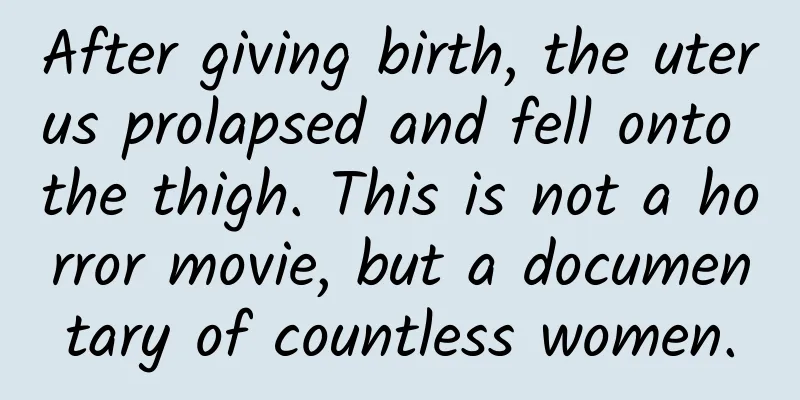Let’s stargaze together tonight!

|
Have you ever wondered how people in ancient times observed the stars? What is the important significance of astronomy to navigation and even human development? China Maritime Museum tells you the answer: Without the assistance of today's advanced positioning systems such as Beidou and GPS, how did ancient navigators determine their positions on the vast ocean? What were the commonly used timekeeping instruments before the invention of clocks? These questions are all inseparable from the protagonist of tonight - "celestial bodies". Determine the Latitude by the Sky ▲ British-made brass astrolabe The astrolabe is an ancient stargazing instrument. In 1470, navigators removed the star chart from the astrolabe and transformed it into a simple navigation instrument for measuring the latitude of land and the position of ships at sea. The astrolabe consists of a rotatable pointer fixed in the center of a wooden (or metal) disk with degrees marked on the circumference of the disk. ▲ Schematic diagram of the use of the nautical astrolabe When in use, the astrolabe is hung vertically, with the zero mark flush with the horizontal plane, and the pointer is moved to point to the celestial body to be measured, so that the height of the celestial body can be measured, and the latitude of the ship can be obtained. However, due to the bumps of the ship's deck, it is difficult to operate and the error is large. The quadrant is a right-angled arc plate made of hardwood, with the arc divided into 90 degrees; a sight is set under one of the right-angle sides for aiming at the celestial body; a line is tied to the top of the right angle, and a plumb bob is tied under the line to indicate the degree. When the right-angle side is in line with the object of observation, the degree indicated by the vertical line is the desired height. The quadrant is only suitable for use in calm seas. After 1530, Western navigators generally used the cross astronomical instrument , also known as Jacob's rod, golden rod, etc. It consists of a short rod with holes at both ends vertically mounted on a long straight rod with a scale; the short rod can move back and forth on the long rod, and the upper and lower holes can respectively see the horizon and celestial bodies. In 1595, John Davis of England invented the inverse celestial altitude observation instrument . The height and latitude of celestial bodies could be obtained by projecting shadows onto a scale through a mirror system, thus overcoming the shortcomings of astrolabes, cross-heliostats and other instruments that required direct visual observation of celestial bodies. ▲ Cross astronomical instrument and British-made reverse altimeter In 1730, American T. Godfrey and British John Hadley invented the octant respectively. It was named octant because its scale arc is approximately one-eighth of the circumference of a circle (ie 45°), and its angular measurement range can reach 90°. ▲ Schematic diagram of the structure, use and principle of the octant ▲ Octant In 1757, Captain Campbell expanded the measuring range to 120° based on the octant, which was called the sextant . Although the measuring angle of the sextant was gradually increased to 144 degrees, which has developed to about one-fifth of the circumference, the name of the sextant has remained unchanged. ▲ Schematic diagram of sextant usage A: Indicator mirror B: Horizon mirror C: Telescope D: Indicator arm E: Dial ▲ Schematic diagram of the sextant principle When using it, the observer holds the sextant and rotates the index mirror to make the celestial bodies that appear in the field of view coincide with the sea horizon. The sextant is lightweight and can be used for observation on a swaying ship. The disadvantage is that it cannot be used on rainy days. ▲ Sextant From the astrolabe, right-angle quadrant, cross astronomical instrument to the reverse celestial altimeter, and then to the octant and sextant, the navigation instruments for measuring latitude have been continuously improved, and latitude can be accurately measured. ** But until the 17th century, the problem of accurately measuring longitude remained unsolved. In 1675, Charles II of England founded the Royal Observatory in Greenwich with the purpose of determining the longitude of various places. In 1714, the British government offered a prize of 20,000 pounds to seek a method that was both accurate and practical to determine longitude, and established the Board of Longitude to study its application. The key to accurately determining longitude is to accurately measure time. Kong Yingda, a scholar in the Tang Dynasty, explained "civilization" in his commentary on the Book of Documents: "The one that traverses the heavens and the earth is called culture, and the one that shines on all directions is called brightness." If the standards of time and space can be discovered between heaven and earth, the human era will have taken a big step forward. |
<<: Do you know the first river in our country named after a poem?
Recommend
Design of DC power supply system for large enterprise data center (data center solution)
Large-scale enterprise-level data center DC power...
@Parents of college entrance examination candidates: Please check this college entrance examination dietary guide!
The college entrance examination is a big event f...
Once in a thousand years! The brightest gamma-ray burst to date, how did the "Insight" and "Jimu" jointly capture it?
At 2 a.m. on March 29, scientists from China, the...
Moon: Earthlings, I live much longer than you think!
In the imagination of ancient people Chang'e ...
Fish that don't work hard will be punished by their leaders | Natural Trumpet
1) India suffers from high temperatures, nearly 4...
Case analysis: How to implement promotion and operation layout strategy on Zhihu?
How to promote products or individuals on the Zhi...
Learn sales management from Huawei
Learn sales management from Huawei Resource Intro...
Fudan University Liang Yongan: Hardships of Work
Liang Yongan from Fudan University: The Hardship ...
Save and forward! You must know this guide to disaster prevention and risk avoidance during the flood season!
Late July to early August every year It is one of...
"Father of Android" Rubin: A man that Jobs regarded as a thorn in his side
[[122073]] Far away in Mountain View, California,...
Case | Marketing suggestions for 6 types of mobile financial users
Based on the research and analysis answers given ...
Sharks don't ride horses, but they can actually walk! | Nature Trumpet
Welcome to the 16th issue of the Nature Trumpet c...
Some people are using the name of "epidemic investigation" to defraud! How to identify the scam, one picture to understand
Suddenly received a call from the epidemic invest...
Dry and itchy skin after showering? You may be doing these 5 things wrong
The temperature has dropped sharply recently, and...









